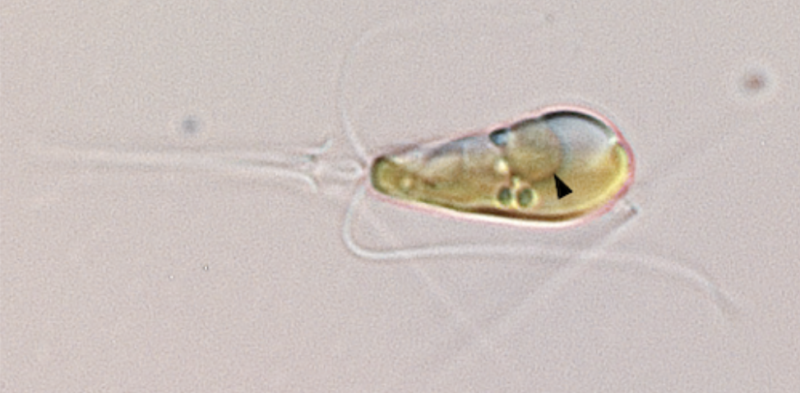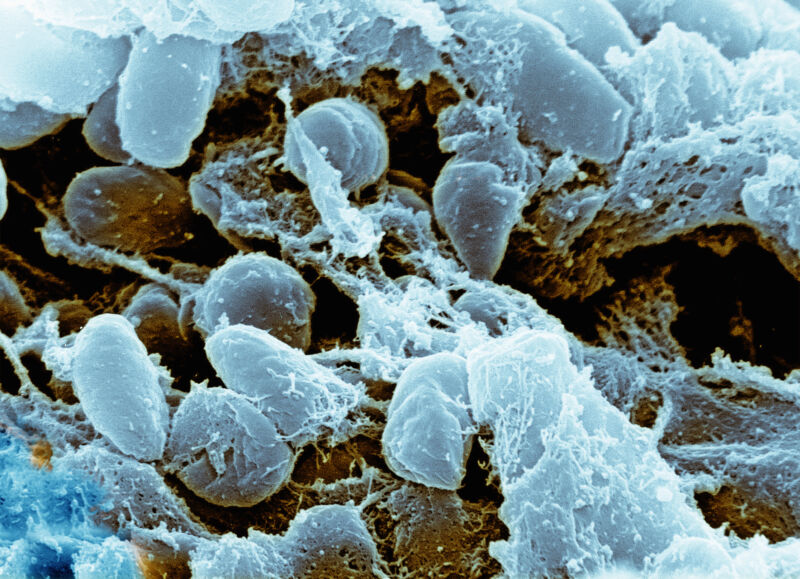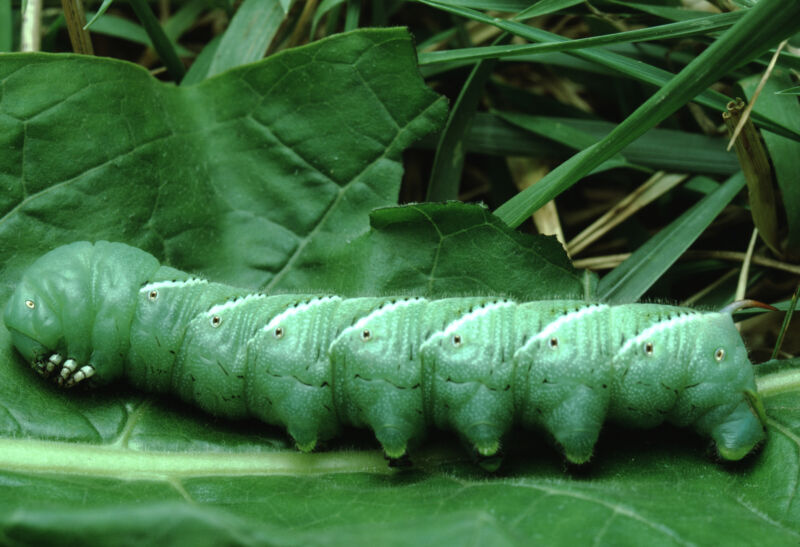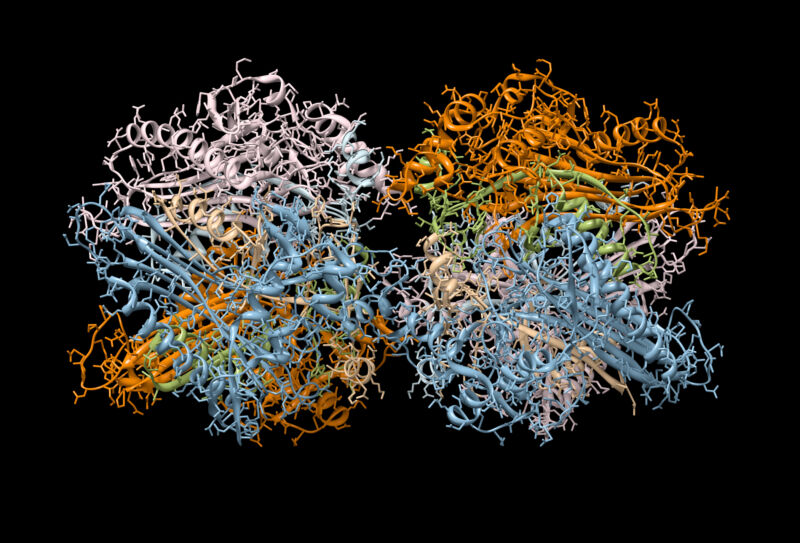-
 chevron_right
chevron_right
Researchers find a new organelle evolving
news.movim.eu / ArsTechnica · Thursday, 11 April - 23:24 · 1 minute

Enlarge / A photo of Braarudosphaera bigelowii with the nitroplast indicated by an arrowhead. (credit: Tyler Coale )
The complex cells that underlie animals and plants have a large collection of what are called organelles—compartments surrounded by membranes that perform specialized functions. Two of these were formed through a process called endosymbiosis, in which a once free-living organism is incorporated into a cell. These are the mitochondrion, where a former bacteria now handles the task of converting chemical energy into useful forms, and the chloroplast, where photosynthesis happens.
The fact that there are only a few cases of organelles that evolved through endosymbiosis suggests that it's an extremely rare event. Yet researchers may have found a new case, in which an organelle devoted to fixing nitrogen from the atmosphere is in the process of evolving. The resulting organelle, termed a nitroplast, is still in the process of specialization.
Getting nitrogen
Nitrogen is one of the elements central to life. Every DNA base, every amino acid in a protein contains at least one, and often several, nitrogen atoms. But nitrogen is remarkably difficult for life to get ahold of. N 2 molecules might be extremely abundant in our atmosphere, but they're extremely difficult to break apart. The enzymes that can, called nitrogenases, are only found in bacteria, and they don't work in the presence of oxygen. Other organisms have to get nitrogen from their environment, which is one of the reasons we use so much energy to supply nitrogen fertilizers to many crops.








